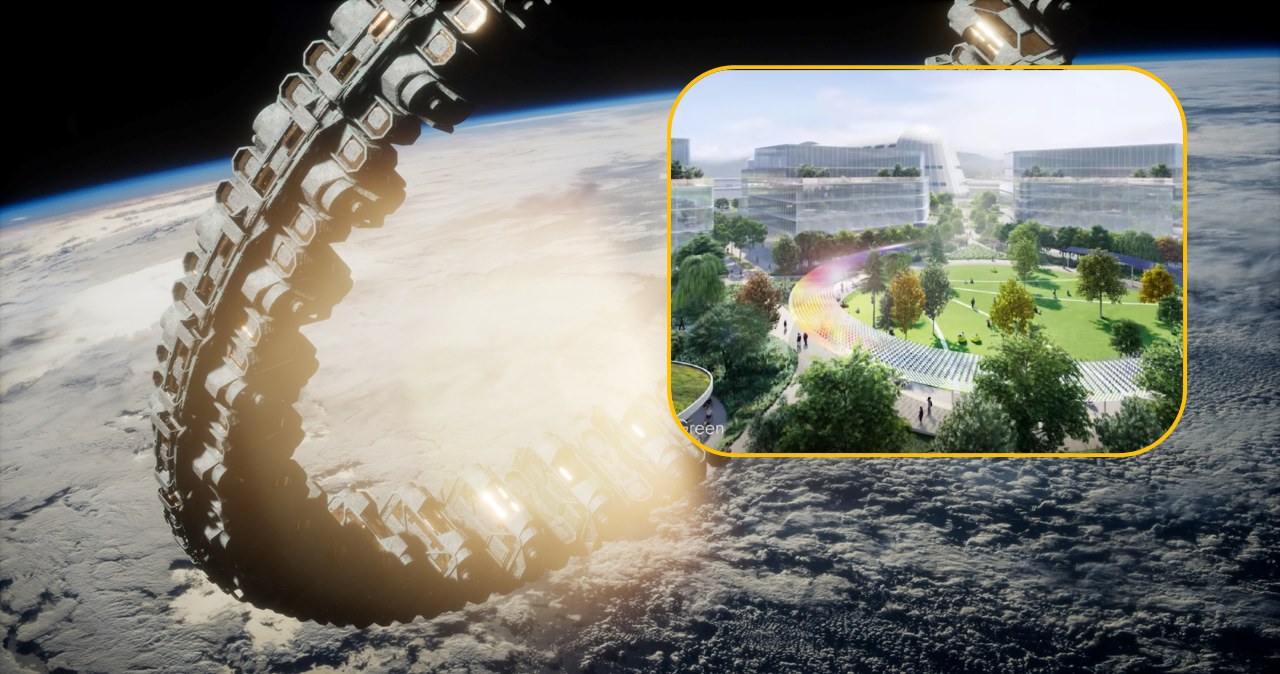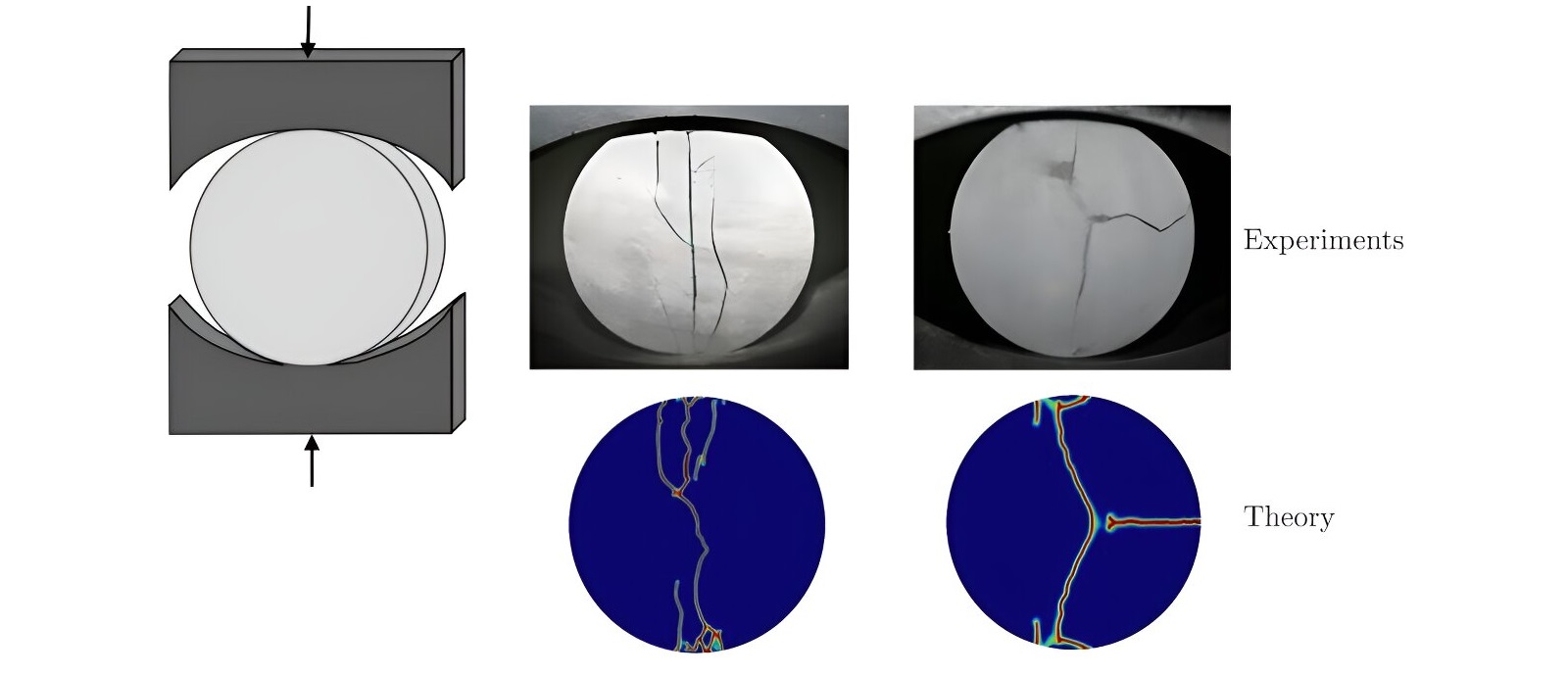The Berkeley Space Center at NASA’s Research Park in California is a complex with an area of more than 14 hectares, which is being built on the initiative of the University of California, Berkeley. Its goal is to identify, incubate and deliver advanced technology solutions in various fields, including: Astronautics, quantum computing, climate research and social sciences.
The proposed development plan covers approximately 130,000 square meters Office space, research and development, including laboratories, conference spaces, academic and commercial facilities. HOK architectural office is responsible for the design.
In the first phase of the project, half of about 7 hectares will be allocated to green spaces and places for community meetings, activities and exhibitions. Later, apartments for students and lecturers will also be built there.
The center focuses on an attractive location that allows use of existing facilities, including: the world’s largest wind tunnel capable of simulating wind gusts of up to 100 knots, as well as NASA’s Advanced Supercomputing Division, the Arc Jet Complex, and the NASA’s Vertical Motion Simulator (VMS). For NASA. From NASA’s perspective, developing the Berkeley Space Center would fulfill a nearly 20-year-old vision for a multidisciplinary innovation center at NASA’s research park.
In addition to contributing to the development of science, the establishment of the center appears to constitute a good source of income for the scientific unit. Berkeley has contributed approximately $1 million to the company to date in salaries for faculty, staff and students working on the project and academic planning related to the new research complex. Annual salary expenses are expected to be approximately $750,000.
However, this is nothing compared to the planned annual investment income of up to 40 million US dollars, among others from sources relevant to the project, including grants, research funds, philanthropy, industry partners, fees and income from property revenues. There are also likely to be additional financial benefits resulting from the incubation and commercialization of companies created in connection with research on technologies created here.
Fortunately, it is not about profits per se, but rather about the possibility of ensuring the space center’s self-sufficiency and funding more advanced scientific research. Its establishment and operation aim to achieve the least harmful impact on the environment.
Construction is scheduled to begin in 2026. The process of obtaining environmental permits is currently underway.
Pulsat News

Echo Richards embodies a personality that is a delightful contradiction: a humble musicaholic who never brags about her expansive knowledge of both classic and contemporary tunes. Infuriatingly modest, one would never know from a mere conversation how deeply entrenched she is in the world of music. This passion seamlessly translates into her problem-solving skills, with Echo often drawing inspiration from melodies and rhythms. A voracious reader, she dives deep into literature, using stories to influence her own hardcore writing. Her spirited advocacy for alcohol isn’t about mere indulgence, but about celebrating life’s poignant moments.









